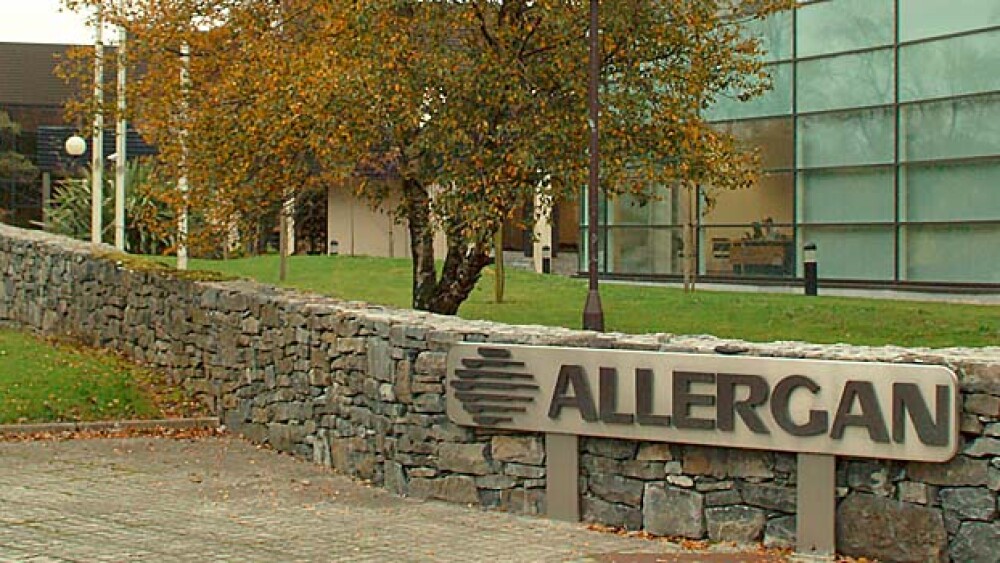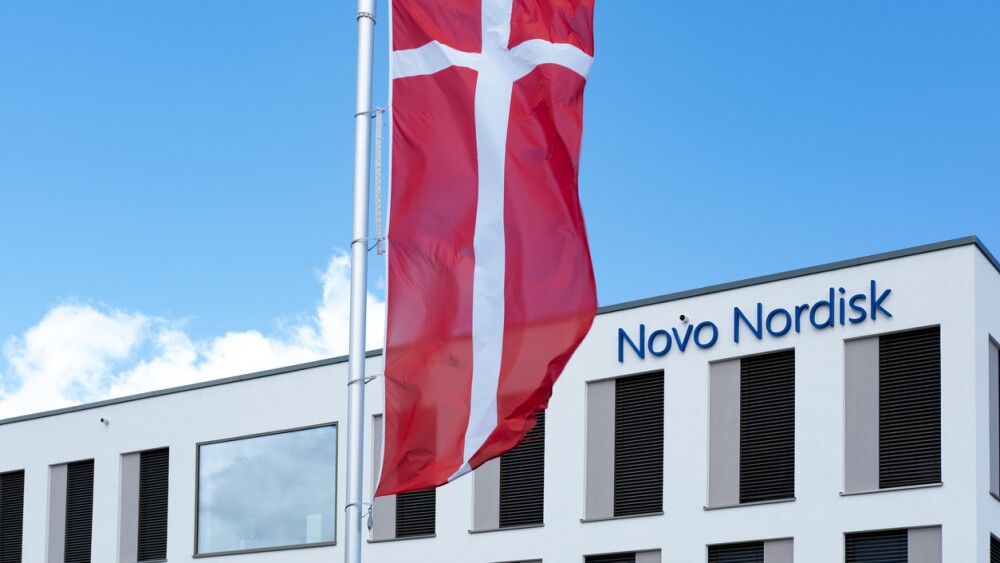Allergan announced positive results from its oral Phase IIb/III CGRP antagonist, atogepant. Allergan said atogepant showed a statistically significant reduction in monthly migraine days.
Allergan continues to take on episodic migraine pain. This morning the company announced positive results from its oral Phase IIb/III CGRP antagonist, atogepant. Allergan said atogepant showed a statistically significant reduction in monthly migraine days.
Atogepant met primary endpoints in across all doses and dose regimens. Efficacy analyses were based on the modified ITT (mITT) population of 795 patients. The primary efficacy endpoint was the change from baseline in mean monthly migraine/probable migraine (MPM) headache days across the 12-week treatment period.
Atogepant was well tolerated. The most common adverse events were nausea, fatigue, constipation, nasopharyngitis, and urinary tract infection, Allergan said.
David Nicholson, Allergan’s head of research and development, said the company was pleased with the results of the Phase IIb/III trial. He added that it demonstrates Allergan’s commitment to develop preventative treatments for migraine. Additional details and results from other endpoints are anticipated to be presented at upcoming scientific meetings, the company said.
“Allergan has been studying migraine treatment for decades and is committed to addressing unmet needs through product innovation for patients who are hopeful for new options that can make a true difference in their daily lives,” Nicholson said in a statement.
Atogepant is the second CGRP antagonist in Allergan’s migraine arsenal to achieve significant results in the reduction of headache days for migraine patients. Earlier this year the company reported positive results from two Phase III trials involving ubrogepant, an oral treatment for acute treatment of migraine headaches.
In a previous interview with BioSpace, Nicholson said the company’s oral CGRP treatments will complement the use of Botox for chronic migraine pain, particularly since the CGRP treatments are being developed as front-line treatments and Botox is used when many other treatments have proven ineffective.
Migraines impact about 12 percent of the population in the United States, including children. The pain and other symptoms associated with migraines can cause sufferers to completely stop what they are doing and prevent them from working or functioning in a normal capacity for more than a day. Episodic migraine sufferers typically deal with four to 14 migraine days per month.
Peter Goadsby, a neurologist and professor at Kings College, London and University of California, San Francisco, said the results from the Phase IIb/III trial demonstrate the potential for atogepant for a broad spectrum of migraine patients. He said the efficacy shows promise in a patient population with high unmet treatment needs.
“The positive results from this study show that oral atogepant has a compelling profile relative to other treatment options on the market and in development for the prevention of migraine. We are excited about the prospects for this product and rapidly moving to the next stage of development,” Bill Meury, chief commercial officer at Allergan said in a statement.
While Allergan moves closer to taking its treatments through the approval process, Amgen and Novartis are set to launch Aimovig, its CGRP inhibitor that was approved by the U.S. Food and Drug Administration in May. The migraine medication was approved based off of stunning Phase III data that showed Aimovig reduced monthly migraine attacks in half.
Amgen and Novartis were the first to the finish line with the CGRP treatments. Other companies with significant investments in migraine headache research like Allergan (ubrogepant), Teva (fremanezumab) and Eli Lilly (galcanezumab) and Alder BioPharmaceuticals (Eptinezumab) are also focused on the pathway as a treatment for the devastating headaches.





